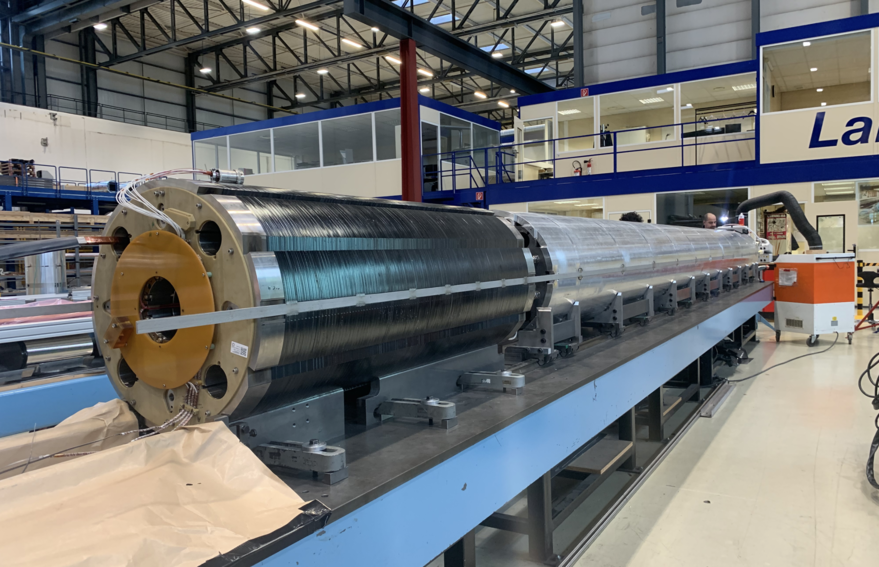Niobium: Unveiling the Mythical Metal’s Properties and Applications
Did you know that the names Tantalum and Niobium are steeped in Greek mythology? Niobium bears such a striking resemblance to Tantalum that it took 45 years after their discovery to realize they were distinct metals. In this article, we delve into Niobium, from its origin and nomenclature to its unique characteristics and diverse applications.
Origin of the Name Niobium
Like Tantalum, the metal Niobium derives its name from Greek mythology. The myth goes as follows: King Tantalus had three children, Pelops, Niobe, and Broteas. Seeking to test the omniscience of the Greek gods, he secretly sacrificed his son Pelops for a divine feast. However, the gods uncovered the deception, revived Pelops, and condemned Tantalus to eternal punishment. He was imprisoned with water and fruit just out of reach, a true “tantalus torment.” Although Niobe had no involvement in this deceit, she, too, faced divine retribution for her arrogance and pride as Apollo and Artemis slew her nine children.
Tantalum is named after Tantalus due to the “torment” involved in its extraction. Niobium, on the other hand, is named after Niobe because of its close relation to Tantalum, which was only confirmed as a separate element 45 years after Tantalum’s discovery. The similarities between Tantalum and Niobium led to confusion for an extended period. While Tantalum was discovered in 1802, and it was established in 1846 that Niobium was a different element, the International Union of Pure and Applied Chemistry (IUPAC) only definitively recognized Niobium as an independent element in 1950.
Properties of Niobium
Niobium is denoted by Nb with an atomic number of 41. Like Tantalum, Niobium is mined in various locations, including Canada, Australia, Brazil, Nigeria, and the Democratic Republic of Congo. This silvery metal is as abundant as lead but in smaller concentrations.
In terms of properties, Niobium shares much in common with Tantalum. Both metals are biocompatible and highly corrosion-resistant, especially in chemical substances such as concentrated acids and liquid alkali metals. Niobium’s melting point is 2477°C. Additionally, Niobium is an excellent conductor of heat and electricity. Among all superconducting elements, Niobium conducts to the highest temperature.
Applications of Niobium
Niobium finds extensive use in high-tech applications, including:
- Medical devices
- Nuclear energy
- Aerospace
- Surgical implants
- Electronics
- Optical lenses
- Chemical industry
- Particle accelerators (CERN)
Niobium in Superalloys
 Niobium is employed in various alloys because small amounts of the metal provide significant strength and corrosion resistance to other metals. It is also used in superalloys, often combined with nickel and cobalt, to enhance the resilience of rocket and jet engines against extreme temperature variations. Niobium is highly sought after in these applications for its strength and ease of machining.
Niobium is employed in various alloys because small amounts of the metal provide significant strength and corrosion resistance to other metals. It is also used in superalloys, often combined with nickel and cobalt, to enhance the resilience of rocket and jet engines against extreme temperature variations. Niobium is highly sought after in these applications for its strength and ease of machining.
Curious about the advantages of partnering with Metel? Our team is eager to provide you with insights into our program, approach, and share successful collaborations with clients in your specific market. Schedule an appointment via 0416 – 724 800 or email n.kesteloo@metel.nl